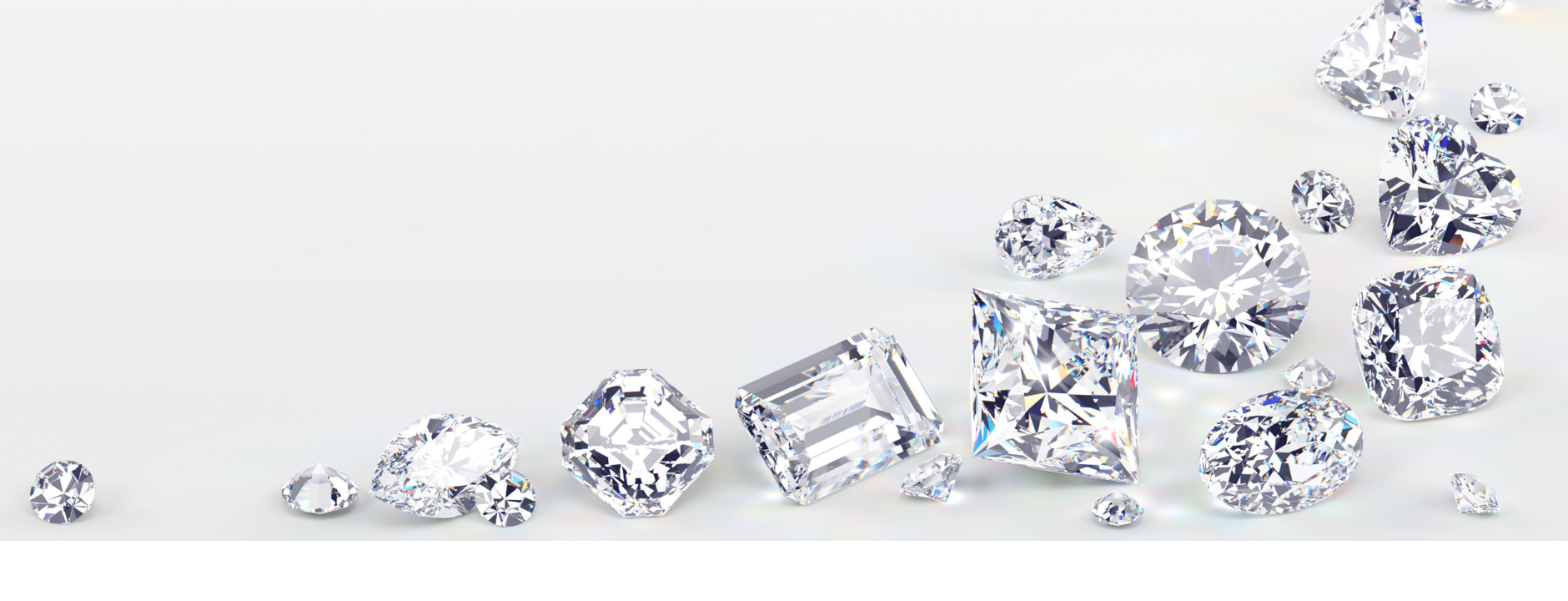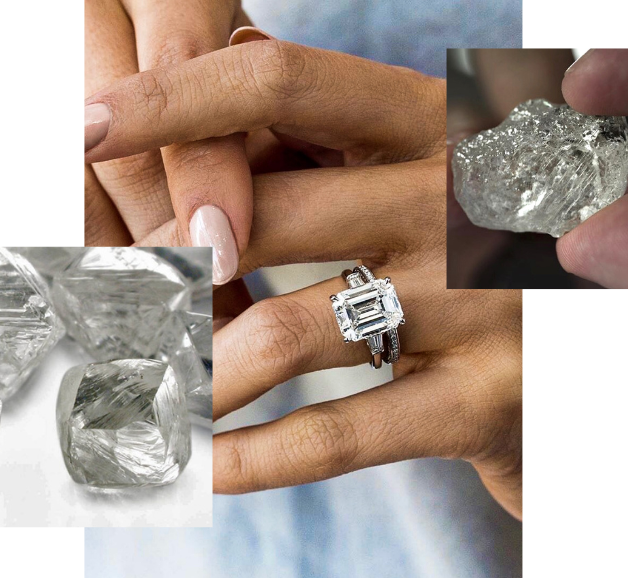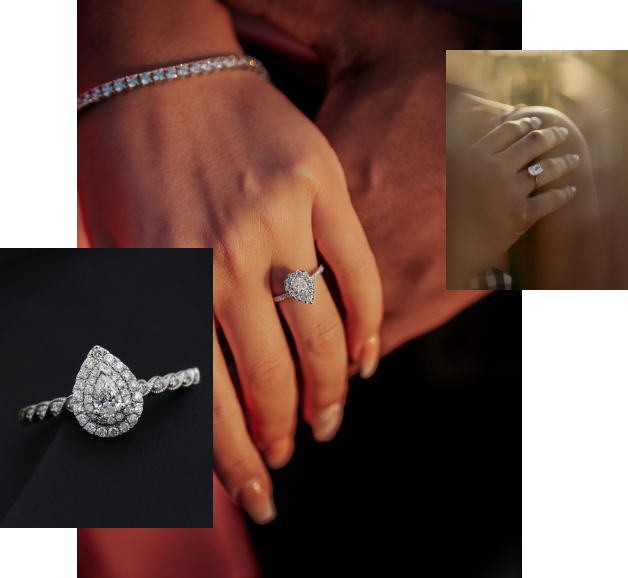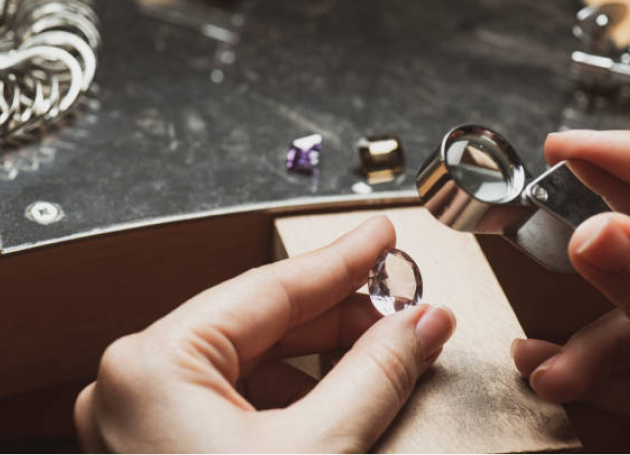
LAB GROWN DIAMONDS

LAB GROWN DIAMONDS
First off, a lab-grown diamond is still a diamond since it is chemically, physically, and visually like a diamond that has been mined. Around 100 miles below the surface of the Earth, in the mantle, diamonds are formed under the intense pressure and heat. The majority developed between 1 billion and 3 billion years ago, when our planet was warmer than it is now.
Extreme heat and pressure are also used to produce lab-grown diamonds, although this process takes place inside a machine as opposed to within the Earth's crust.
A diamond can be grown in two diverse ways. Both processes start with a flat slither, or "seed," from another diamond. Using a High-Pressure High Temperature (HPHT) technique, the first lab diamond was created by placing a seed inside of pure graphite carbon and subjecting it to pressures of 1.5 million pounds (about 680388 kg) per square inch and temperatures of 1,500C in a chamber. Chemical Vapor Deposition is a more recent method of growing diamonds (CVD). This entails heating the seed to about 800C while it is enclosed in a sealed chamber filled with carbon-rich gas. In these circumstances, the gases start to "stick" to the seed, atom by atom forming a diamond.

Clean and sustainable diamonds
For every carat of natural diamond, an estimated 250 tones of soil are excavated.
Compared to lab-created diamonds, mined diamonds have a far larger overall environmental impact. It takes an entire factor more energy to dig a subterranean diamond from Earth than it does to generate an above-ground diamond, in addition, mining typically uses filthy diesel energy as opposed to renewable energy in above-ground production.
However, the effects of diamond mining on the environment go beyond just carbon emissions. Due to acid mine drainage, diamond mining has been related to the contamination of nearby residents' water sources. Minerals from the mined rocks leak into the water supply, causing this to happen.
Habitats have been destroyed because of mining.
The negative effects of diamond mining on the environment and society are linked. Some diamond mines hire miners at poor pay and risky working conditions.
With lab-created diamonds science has tried to clean up several of these issues at one go.

Lab-grown Diamonds are great!
Physically as well as chemically, a lab-grown diamond is as genuine as a mined diamond. They are reated under the same temperature and pressure settings and share the same physical and chemical characteristics, but without the conflict or dubious ethical procedures that are prevalent in some diamond mines. In reality, because of the tightly regulated atmosphere and meticulously scrutinized procedure, lab created diamonds are frequently of higher quality. A lab-created diamond has several significant benefits, including:
- Higher purity and better, brighter quality
- Fewer defects and inclusions
- Gentle on the environment
- Easy to create affordable colored diamonds which are expensive in natural diamonds
- Highly affordable

The 4Cs of Lab-grown diamonds and certification
The same criteria used to grade conventional diamonds are used to grade lab-grown diamonds, with an emphasis on each stone's cut, clarity, carat, and color. The diamond's brilliance is a result of its cut, which is undoubtedly the most crucial element. Clarity is defined as the appearance and absence of flaws and mperfections. Clear diamonds are graded higher since they are colorless. The measurement of a diamond's size and weight is its carat.
